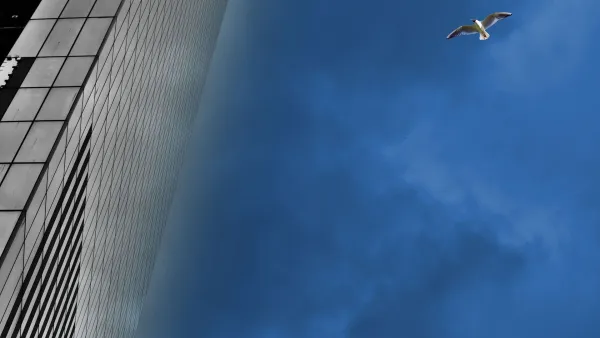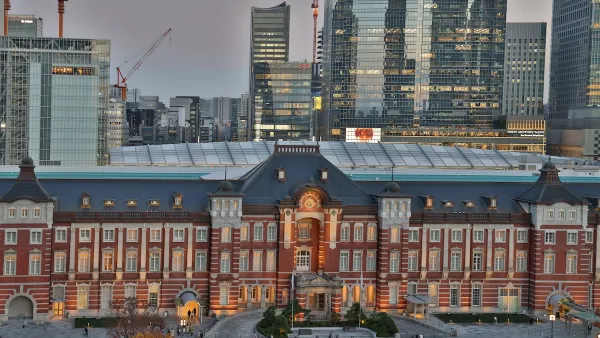A lethal combination of a rapidly expanding modern skyline and the intersection of several major migratory flight paths have rendered Toronto one of the world’s most deadly cities for migratory birds, reports Ian Austen.
Modern architecture's infatuation with glass has been a lethal development for birds across the world. In North America alone an estimated 100 million to one billion birds are killed every year in collisions with buildings. In Toronto, a combination of factors make that city one of the world's deadliest.
"So many birds hit the glass towers of Canada's most populous city that
volunteers scour the ground of the financial district for them in the
predawn darkness each morning," writes Austen. "The group behind the bird patrol, the Fatal Light Awareness Program,
known as FLAP, estimates that one million to nine million birds die
every year from impact with buildings in the Toronto area."
Thanks to the persistence of FLAP, the city has recognized the extent of the problem and is taking measures to help address it. FLAP is now using the courts to push developers and building owners to do their share. "After years of conducting rescue and recovery missions and prodding the city to include bird safety in its design code for new buildings,
FLAP has recently begun using the courts to help keep birds alive. It
is participating in two legal cases using laws normally meant to protect
migratory birds from hunting and industrial hazards to prosecute the
owners of two particularly problematic buildings."
FULL STORY: Casualties of Toronto’s Urban Skies

National Parks Layoffs Will Cause Communities to Lose Billions
Thousands of essential park workers were laid off this week, just before the busy spring break season.

Retro-silient?: America’s First “Eco-burb,” The Woodlands Turns 50
A master-planned community north of Houston offers lessons on green infrastructure and resilient design, but falls short of its founder’s lofty affordability and walkability goals.

Delivering for America Plan Will Downgrade Mail Service in at Least 49.5 Percent of Zip Codes
Republican and Democrat lawmakers criticize the plan for its disproportionate negative impact on rural communities.

Test News Post 1
This is a summary

Test News Headline 46
Test for the image on the front page.

Balancing Bombs and Butterflies: How the National Guard Protects a Rare Species
The National Guard at Fort Indiantown Gap uses GIS technology and land management strategies to balance military training with conservation efforts, ensuring the survival of the rare eastern regal fritillary butterfly.
Urban Design for Planners 1: Software Tools
This six-course series explores essential urban design concepts using open source software and equips planners with the tools they need to participate fully in the urban design process.
Planning for Universal Design
Learn the tools for implementing Universal Design in planning regulations.
EMC Planning Group, Inc.
Planetizen
Planetizen
Mpact (formerly Rail~Volution)
Great Falls Development Authority, Inc.
HUDs Office of Policy Development and Research
NYU Wagner Graduate School of Public Service




























